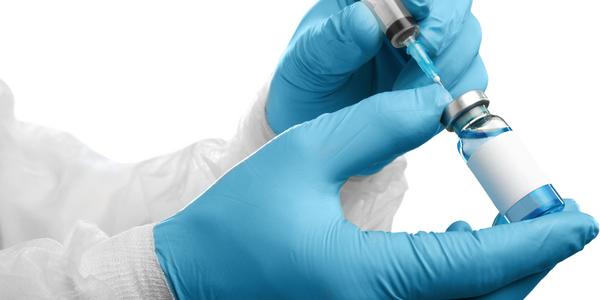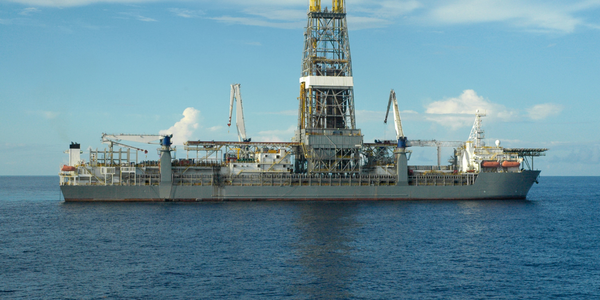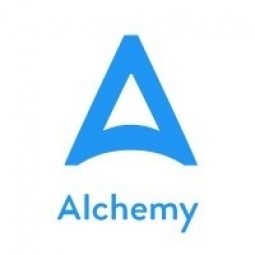适用行业
- 海洋与航运
- 药品
适用功能
- 流程制造
用例
- 人员跟踪与监控
服务
- 测试与认证
关于客户
Origin by Ocean 是一家正在开发核心生物精炼技术的公司,旨在从蓝绿藻和膀胱鱼等海洋生物质中提取价值。他们正在利用这项技术生产食品、饮料、化妆品和制药的生物可持续产品和成分。该公司由有机化学家 Mari Granström 博士共同创立,他拥有多年在巴斯夫担任研究科学家和斯道拉恩索研发总监的经验。作为 Origin by Ocean 的首席科学活动家,Granström 博士致力于确保公司的实验室实践与其愿景和目标保持一致。
挑战
Origin by Ocean 是一家开发核心生物精炼技术以从海洋生物质中提取价值的公司,该公司有机会于 2020 年 9 月建立一个全新的实验室。面临的挑战是确保以数字方式捕获所有详细的研发数据,并可重复使用和使用这些数据。从第一天起就为人工智能做好准备。 Mari Granström 博士是 Origin by Ocean 的首席科学活动家兼联合创始人,之前曾有过实验室遵循软件的经验,但这些实验室往往会导致效率低下以及与公司的愿景和目标不一致。她决心找到一种符合公司愿景和实验室最佳实践目标的解决方案,而不是实验室必须适应该软件。
解决方案
该解决方案以 Alchemy 为配方设计师提供的现代云解决方案的形式出现,该解决方案专为材料科学家设计。这种具有集成 LIMS 的 ELN 配方解决方案由 Ocean 的新实验室在 Origin 中实施。它使该公司能够根据其生物精炼活动将其独特的实验室流程和高度定制的数据捕获数字化。该解决方案还使他们能够根据工作方式互连流程和数据,并将这些流程与总体业务目标联系起来。通过与了解其领域、配方流程和测试方法的 Alchemy 化学家合作,定制的 ELN 和 LIMS 解决方案的部署变得高效。直观的用户体验使查找配方、测试结果和分析变得容易。该工具还被设计为随着新员工、新颖流程和附加设备的加入而不断发展。
运营影响

Case Study missing?
Start adding your own!
Register with your work email and create a new case study profile for your business.
相关案例.

Case Study
Case Study: Pfizer
Pfizer’s high-performance computing software and systems for worldwide research and development support large-scale data analysis, research projects, clinical analytics, and modeling. Pfizer’s computing services are used across the spectrum of research and development efforts, from the deep biological understanding of disease to the design of safe, efficacious therapeutic agents.

Case Study
Fusion Middleware Integration on Cloud for Pharma Major
Customer wanted a real-time, seamless, cloud based integration between the existing on premise and cloud based application using SOA technology on Oracle Fusion Middleware Platform, a Contingent Worker Solution to collect, track, manage and report information for on-boarding, maintenance and off-boarding of contingent workers using a streamlined and Integrated business process, and streamlining of integration to the back-end systems and multiple SaaS applications.

Case Study
Drill ship power challenge: hybrid solution solves distribution issues
Aspin Kemp & Associates (AKA), a manufacturer of electrical power and control systems headquartered in Montague, PEI, encountered one with its hybrid power initiative, the first hybrid drill floor destined for installation on ultra-deepwater drill ships operated by Transocean, Swiss offshore drilling contractors. Since on-site modification was impossible and scrap recycling of any modifications was unacceptable, the enclosures had to arrive ready-to-install.

Case Study
Process Control System Support
In many automated production facilities, changes are made to SIMATIC PCS 7 projects on a daily basis, with individual processes often optimised by multiple workers due to shift changes. Documentation is key here, as this keeps workers informed about why a change was made. Furthermore, SIMATIC PCS 7 installations are generally used in locations where documentation is required for audits and certification. The ability to track changes between two software projects is not only an invaluable aid during shift changes, but also when searching for errors or optimising a PCS 7 installation. Every change made to the system is labour-intensive and time-consuming. Moreover, there is also the risk that errors may occur. If a change is saved in the project, then the old version is lost unless a backup copy was created in advance. If no backup was created, it will no longer be possible to return to the previous state if and when programming errors occur. Each backup denotes a version used by the SIMATIC PCS 7 system to operate an installation. To correctly interpret a version, information is required on WHO changed WHAT, WHERE, WHEN and WHY: - Who created the version/who is responsible for the version? - Who released the version? - What was changed in the version i.e. in which block or module of the SIMATIC PCS 7 installation were the changes made? - When was the version created? Is this the latest version or is there a more recent version? - Why were the changes made to the version? If they are part of a regular maintenance cycle, then is the aim to fix an error or to improve production processes? - Is this particular version also the version currently being used in production? The fact that SIMATIC PCS 7 projects use extremely large quantities of data complicates the situation even further, and it can take a long time to load and save information as a result. Without a sustainable strategy for operating a SIMATIC PCS 7 installation, searching for the right software version can become extremely time-consuming and the installation may run inefficiently as a result.









